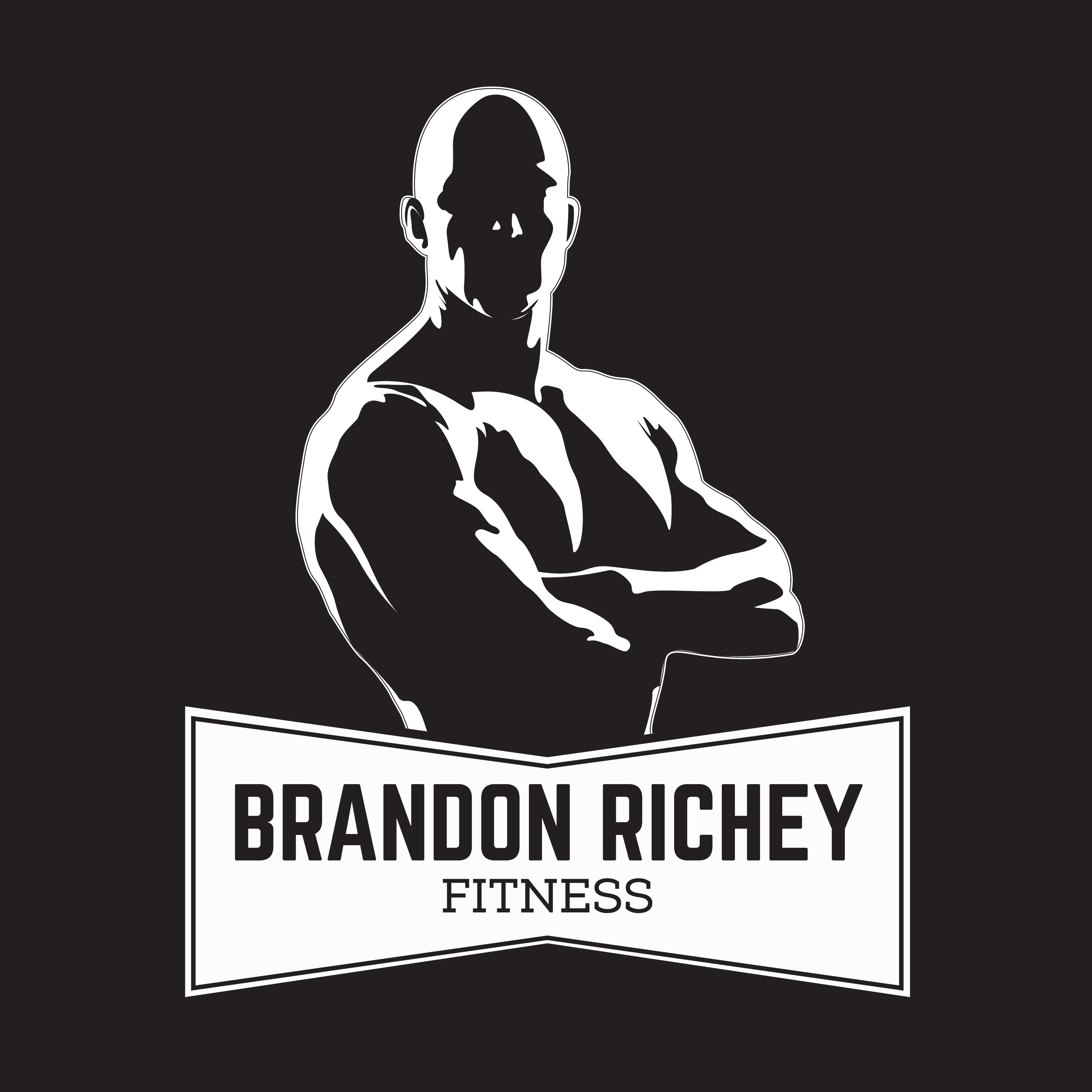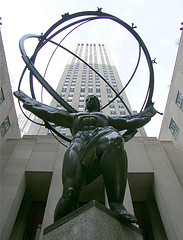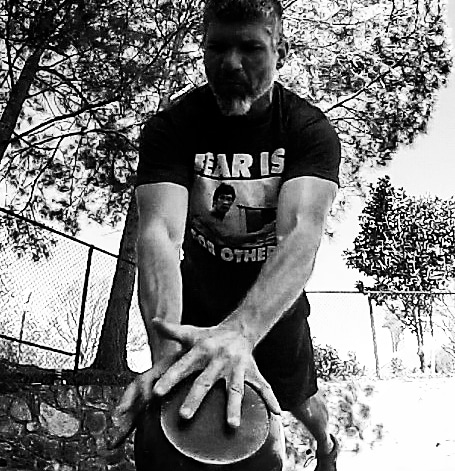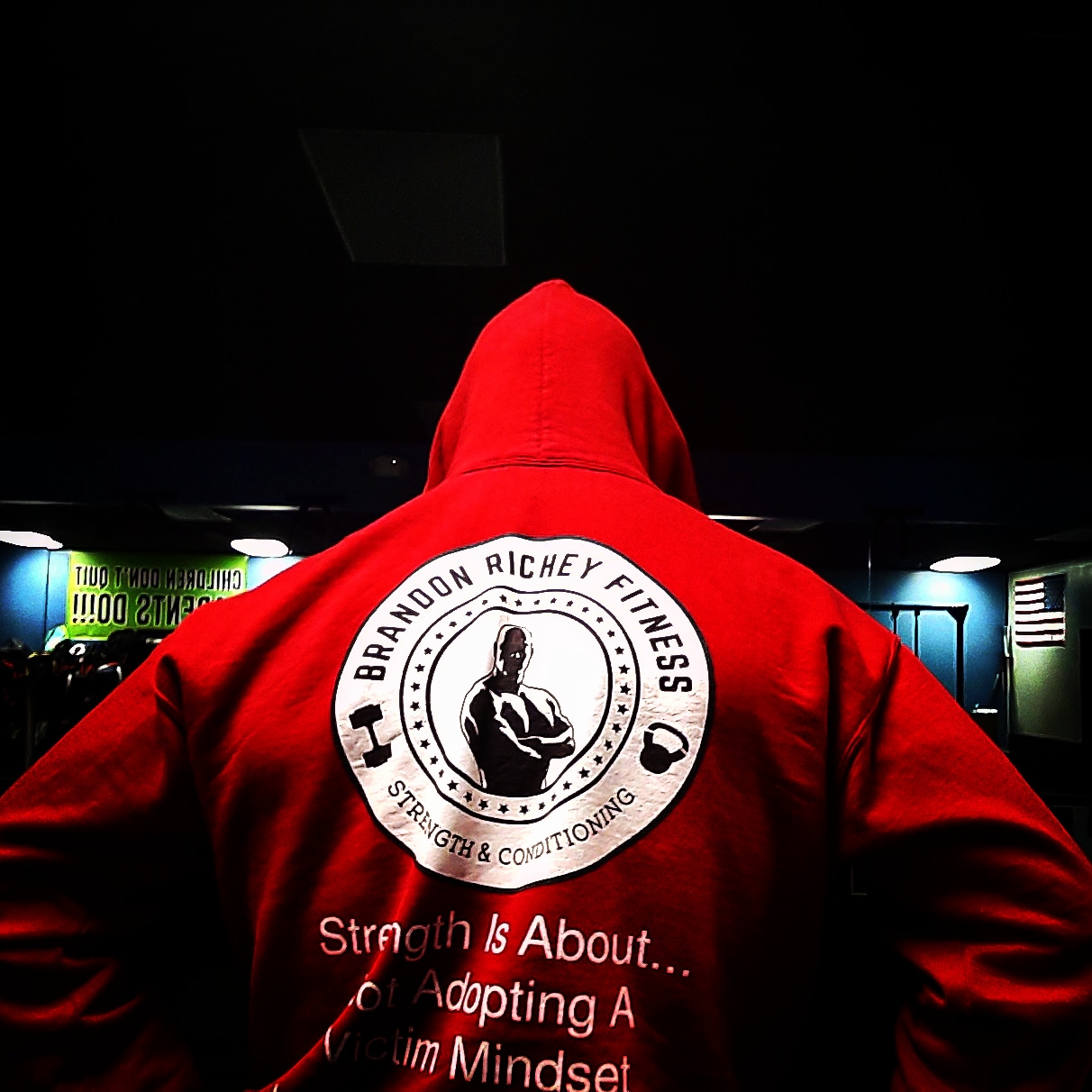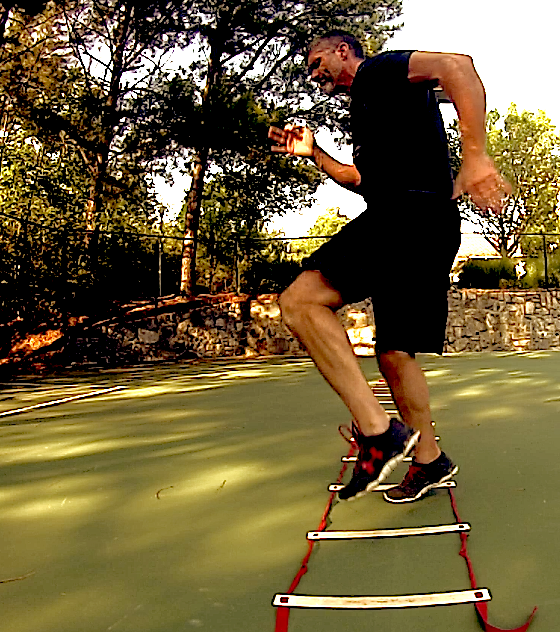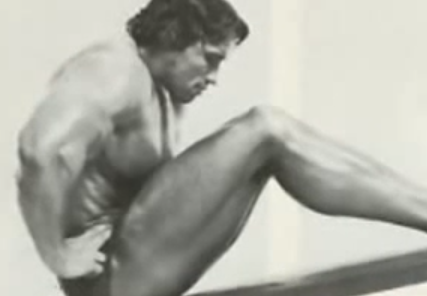
How You Should Be Training Your Abs!
by: Brandon Richey–Get Free Updates And Training Guides Here
How You Should Be Training Your Abs!

Ah yes, who isn’t interested in the pursuit of the 6 pack or 8 pack set of abs? I would guess that it would be very few people, at least here in the world of fitness. The point is that everyone wants to develop a strong looking mid section with a waist that tapers down from the shoulders in that very impressive “V” shape. Aside from having a good nutrition and training plan the key is making sure you perform some effective ab drills to get the most bang for your strength training buck!
The Rectus Abdominis!
Today I want to talk about a single drill that you can apply to your strength and conditioning program to help you to develop a rock solid set of abs. You may be surprised to know that this is not some real fancy super trick that you will only get right here on this website with no chance of being found on any other blog on the internet.
I know I’m probably surprising you by telling you that, but it’s true. However I will tell you that what I’m going to do here that probably won’t be done on many of those other sites is explain the effectiveness of this single ab training drill and the reason I chose it for today’s blogisode.
Ok, maybe someone else has done that too, but they haven’t done it like I’m about to do it! Anyways the point is that I’m going to break down this single ab training drill to help you to develop those bulletproof abs, those abs of steel, or any other fancy description of 6 pack abs you can think of.
Hard style abs is another fancy description for getting that midsection…it’s a great method too!

Ok so let’s take a look at the rectus abdominis muscle. The rectus abdominis muscle assists in performing a number of different functions related to thoracic and lumbar movement. I mean other than being noticeably present on the latest body on the cover of Men’s Fitness or Women’s Fitness magazine the rectus abdominis aids in the movement of spinal flexion.
Now this may sound obvious to many of you interested readers, but the fact is that this muscle is pretty incredible because this movement can still be performed by the abdominals whether the lumbar portion (below your waist) of your body is anchored, or if the upper thoracic portion (from the waist up) is anchored.
To give you an example I’ll use the first movement to elaborate. Imagine doing a set of sit ups or crunches the way Arnold is doing in the picture at the beginning of this article with your feet being anchored in some way. This is a very common way that I tend to see folks performing crunches and sit ups.
Here’s another great method for training and turning those abs into stone

In this position the rectus abdominis is bringing the rip cage up to where the pelvis is fixed because the feet are anchored and the pelvis is fixed into set position on the ground. From here the abdominals can perform the movement of flexion.
The Hanging Leg Raise…
Now the other way involving the upper thoracic portion of the body being anchored is what I want to talk about today in terms of training your abs here. The way we would do this that I want to discuss here today is by simply performing a hanging leg raise. I’ve broken down a version of what this may look like for you right here with me demonstrating each phase of the movement.
1. The Start
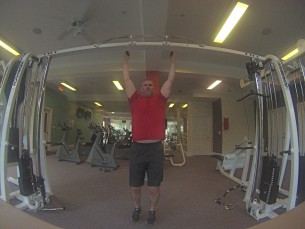
2. Mid ROM
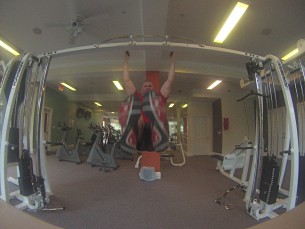
3. The End
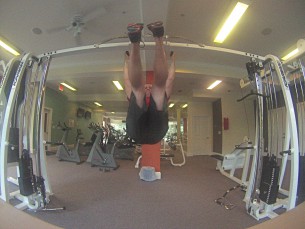
As you can see I’m simply hanging from a pull up bar and engaging my abs to raise my legs up with strict control in order to bring my feet up towards the bar. Now the key to doing this is making sure that you don’t allow your body to sway back and forth as you attempt to raise up your legs. The point is to perform the movement with a solid level of control.
The beauty of this drill is that you can easily alter it in order to suit your particular ability level. For instance, if hanging by your hands from the bar is too difficult you can also perform these from a Roman chair or by using some elbow straps attached to the bar instead.


Additionally you can also perform these by simply raising up your knees instead of doing them with the legs extended as I’ve demonstrated here. Shortening the lever by keeping your knees bent will give you more control over the movement until you can build up a significant level of strength in order to perform the movement with your legs extended.
Hanging leg raises are a great variation for you to include into training your abs. The added control and dynamic core stability that is required to perform this drill will be tremendous in helping you to develop a rock solid mid section.
I hope you enjoyed today’s blogisode on how to train your abs. Please don’t hesitate to drop a comment in the comment box below if you have any questions. Keep training smart.
Related Articles:
Stability vs. Isolation In Strength Training Exercises…
Cleaning Up Your Strength Program; Mobility And Stability Is Your Detergent!
May The Force Of Your Core Be With You!
